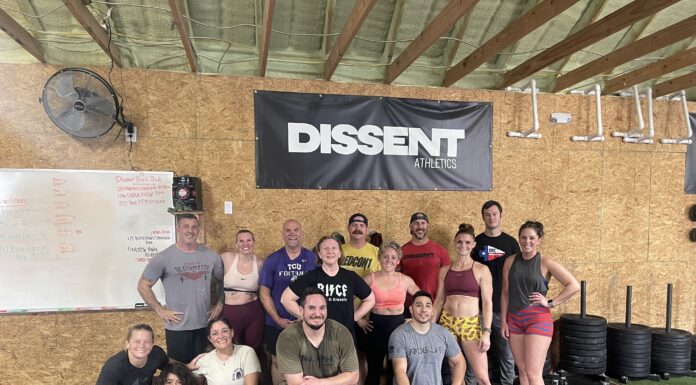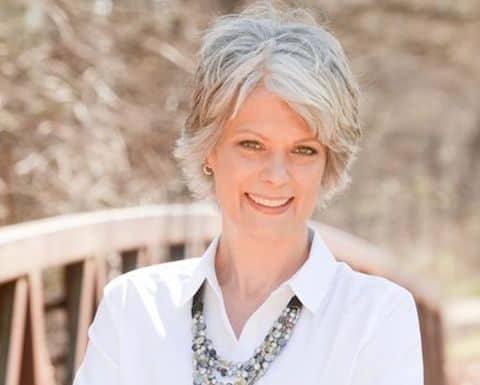Source for some of the information in this article Associated
Press, March 15, 2014
Last month the Kennedale City Council approved a resolution in support of a grant application for the purchase of body cameras for Kennedale police officers on patrol.
Kennedale Police Chief Tommy Williams had this to say about the reason for the application,?There are a lot of departments going to them because they like the back-up to the in-car video. {{more}}If an officer is on patrol and they activate their lights, the car camera comes on but then they end up having to bail out because the suspect runs. The body cameras stay with the officer rather the car. You then get a video documentation as well as audio of what is continuing to go on even away from the car. He added, ?Sometime it works better than others. It just depends on whether the officer has it on and what?s blocking the view of the camera while the event is taking place.?
This is a growing trend in policing across the nation. As camera technology and data storage has become more affordable and reliable, the use of portable cameras has increased over the last five years. Now officers in one of every six departments are patrolling with them on their chests, lapels or sunglasses, according to Scott Greenwood, general counsel for the national American Civil Liberties Union and an expert on the cameras.
Kennedale Police Chief Tommy Williams
Most law enforcement leaders and civil liberties advocates believe the cameras will ultimately help officers because the devices give them a way to record events from their point of view at a time when citizens armed with cellphones are actively scrutinizing their every move.
With the push of a finger, officers can show the dangers and difficulties of their work. Unlike dashboard cameras, body cameras follow the officer everywhere ? when their cruiser stays parked at the curb, when they go into homes on search warrants or when they are running after a suspect.
“It’s a far better policy decision to mandate the encounter be recorded and deal with the unwanted video,” Greenwood of the ACLA said, ?because if a situation goes bad quickly and there’s no footage, the officer is in trouble. Captured video could protect the department ? and ultimately the taxpayer? from a false claim and expensive litigation or result in disciplining a problem officer.
The police department in Rialto, Calif., concluded a yearlong University of Cambridge study last year that found an 89 percent drop in complaints against officers during the camera trial. The chief has since mandated its deployment to its roughly 90 sworn officers.
But some rank-and-file officers are worried the technology might ultimately be used to derail their careers if, for example, an errant comment about a superior is captured on tape. And Sgt. Barry Donelan, the police union chief in Oakland added another caution by saying the danger with such footage is it taps into a human tendency to over rely on video at the expense of other accounts of an event, and can be especially problematic in high-adrenaline situations.
Rialto police Sgt. Richard Royce who was exonerated by footage during an incident during the study had this to say.
“I’d rather have my version of that incident captured on high-definition video in its entirety from my point of view, then to look at somebody’s grainy cellphone camera footage captured a 100 feet away that gets cropped, edited, changed or manipulated,” Royce said.
Kennedale Police Chief Williams when asked when will the department know if their application is approved said, ?It is unusually the first part of the summer before we know if we have been funding or not.?
“This is a brave new world that we’re entering here, where citizens and police both are going to be filming each other,” said Chuck Wexler, the executive director of the Police Executive Research Forum, a nonprofit police research and policy organization.






































